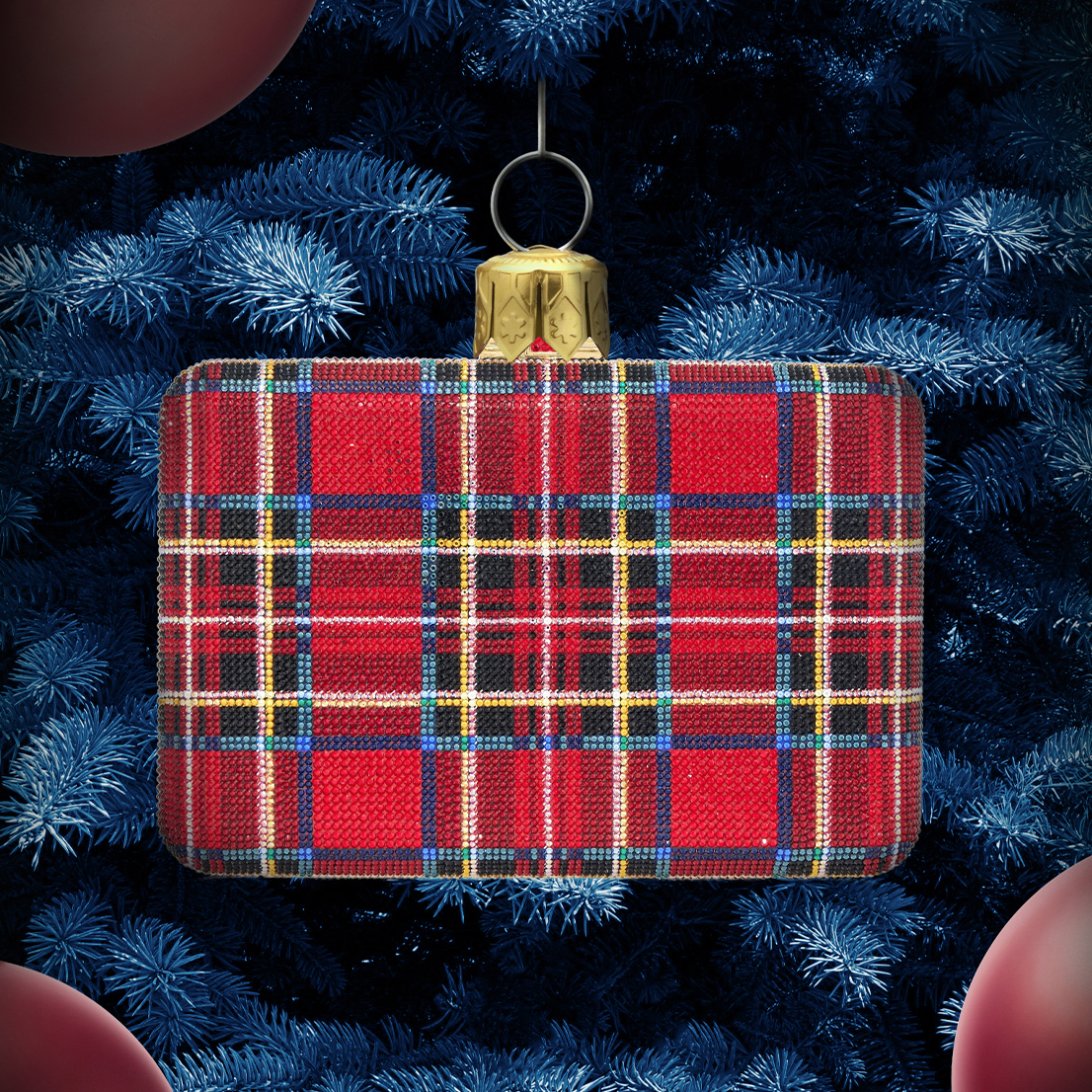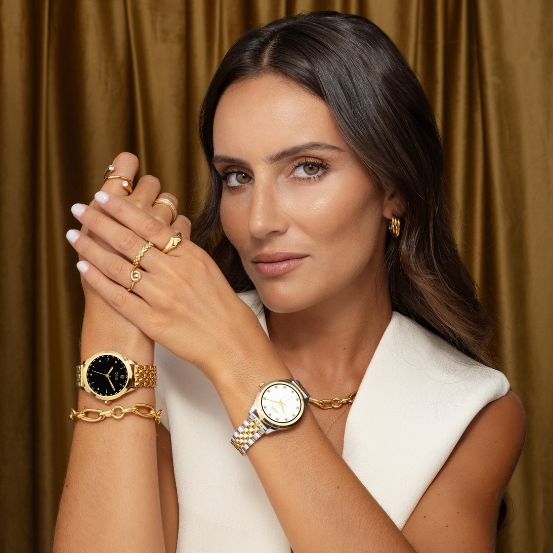Winners Never Quit
Culture is more than a weekend plan. Held accountable as an oracle, culture reflects what the world is telling us. With this responsibility in mind, the Musée des Arts Décoratifs has dedicated itself to understanding the true impact of the Olympics taking place this summer in Paris. As one of the most authoritative museums in the fashion capital, the institution commissioned Sophie Lemahieu to understand where two concepts as seemingly distant as fashion and sport meet. What the curator found was a world of similarities centered around a basic theme: comfort. With an enlightened focus, Lemahieu organized one of the most comprehensive demonstrations on the subject, the exhibition Mode et Sport, d'un Podium à L'autre (Fashion and Sport, from one podium to the other). Both the exhibition and the Olympic Games themselves mark an important anniversary: the centenary of the last time the event “invaded” Paris. Since then, the world has turned around many times (a hundred to be exact), becoming a completely different place. We omit politics and we don't care about economics, what we want to know are the details of this link between sport and fashion. Perfectly illustrated by the sponsorship of the world's largest fashion company, LVMH, for the 2024 Games, the relationship has reached a climax that was thought impossible. But how did we get here and what's next? In an interview with Vogue Portugal, Sophie Lemahieu recounts her curatorial process and helps us dissect the marriage between fashion and sport, as well as its seemingly endless honeymoon.
The relationship between fashion and sport is a very broad topic. What was your process for deciding how to structure the exhibition and what to include in it?
We were approached because of the Olympic Games. It made sense for us to participate in fashion. But the subject is very vast, there's a lot to say. I had to make a decision. It struck me that we all wear sneakers, but few understand the historical context behind this daily decision. That's the angle I chose. What I realized from my research is that sport is responsible for bringing comfort into fashion. It's interesting because, if we go back to the 19th century, sport was a practice that wasn't based on comfort. They were practices of the bourgeoisie. It was about elegance, not performance. People were surprised when they came to the exhibition and found a 19th century tennis dress that had a corset built into it. Sport was about meeting people, about the ambience and atmosphere of a garden party. In the 1920s, performance became a priority. It was then that sport became a spectacle for spectators. To do this, an effort had to be made, both with the body and with the clothes. The exhibition delves into the contribution of designers such as Pierre Cardin. Why do you think French designers have played such an important role in developing the relationship between sport and fashion? I think you always have to take the time period into account. It was just after the First World War. It was a time of dynamics and movement. People wanted something new, they wanted to be free. That's what sport is all about. It's absolutely logical that, for people who could afford it, it became part of their lifestyle. Couturiers began to respond to what their clientele wanted, to what their life was at that moment.
You highlighted the 1920s and the 1980s as the two decisive decades of the 20th century for the relationship between fashion and sport. Can you elaborate?
Well, I really had to make some choices. There was important information in the 1960s and 1970s, but these two decades were more significant. The 1980s was a great era for sport, there was the birth of a new body aesthetic. Sports became part of the desire to be healthy. The body had to be developed, sculpted and toned. Gyms became more popular, people had places to exercise. Television added to this, viewers looked at themselves in the hope of becoming like the people who were exercising on television. People needed to wear clothes to go to the gym and clothes to wear afterward, they needed to be fashionable in their own way.
You also spoke of the “permanent search for comfort” as a relatively new issue. When did fashion embrace comfort?
It was a process. Designers began adopting sportswear in the 1920s, but still with a functional purpose, and it wasn't until much later that sportswear was adopted as legitimate clothing. The 1980s marked the official start of this transition. Athleisure began to appear in different subcultures, on the streets, in gyms, on podiums and on catwalks. You mentioned that the Olympic Games were the starting point for the exhibition. How did the Olympic Games affect the relationship between fashion and sport? That was something I discovered during the research process for the exhibition. There is a clear link between the Olympic Games and Haute Couture. Some fashion designers made clothes for men's and women's sports during the second half of the 20th century. I think this is still unknown to the public. I made a point of highlighting these events. Names like André Courrèges are essential, sportswear affected his work so much, and he was a sportsman at heart. This year, LVMH is sponsoring the Olympic Games. Luxury brands have understood that athletes are like actors, they are the perfect spokespeople. They are associated with positive values: collective respect, team spirit, self-improvement...
You mentioned names like André Courrèges, who contributed to the development of this relationship. What do you think are some of the modern names that are currently evolving it?
Maybe you know better than me [laughs]. I'm very interested to see what you think about it. In France, there are people like [designer] Marine Serre who are playing with textiles. Even the idea of using sports shirts and recalibrating them is quite original and demonstrates the deepening of this relationship. Serre also had a presentation in a soccer stadium. The fact that you can do something like that and it's considered beautiful is extraordinary. It's something you see more in younger generations of designers. Were you thinking of anyone in particular?
When I heard you talking about comfort, the first name I thought of was Demna Gvasalia or Guram, at Balenciaga and Vetements respectively. Both are almost subverting the idea of comfort.
I agree, that comfort is being considered in an almost extreme way, which is very interesting, especially within a maison like Balenciaga. It's amazing. This generation of designers is investing in streetwear. It was a great strategy for these ancestral and classic brands to choose designers like the Gvasalia brothers or Virgil Abloh, or even Pharrell Williams in some respects. Haute couture is merging with sportswear and streetwear in interesting ways.
As you just mentioned, LVMH is sponsoring the Olympic Games. It's the biggest fashion conglomerate in the world collaborating with the biggest sporting event. It's hard to think of the next step in this symbiotic relationship. What do you think is next? Will this be the climax?
I don't know. This is certainly the biggest thing that has happened. But then again, in 1998, when Yves Saint Laurent showed a collection during the World Cup, it was thought that this would be the pinnacle of the intersection between fashion and sport. This is, of course, much bigger. I honestly can't imagine what the next step will be. This is so big, so international, it's just gigantic. Maybe that's it, maybe we've reached the climax.
Translated from the original in the "Winners Never Quit" issue, published July 2024. Full stories and credits in the print version.
Relacionados
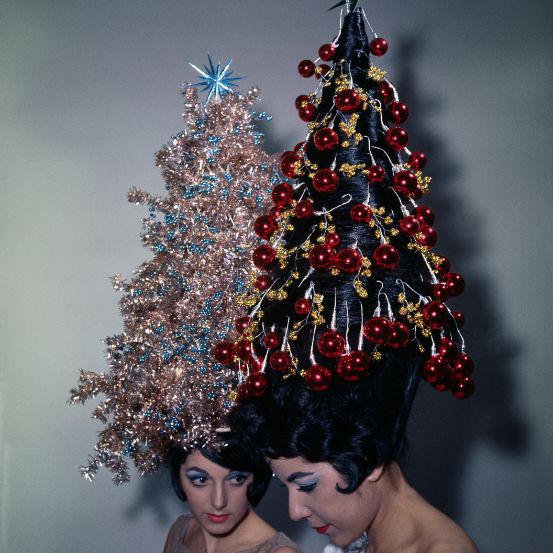



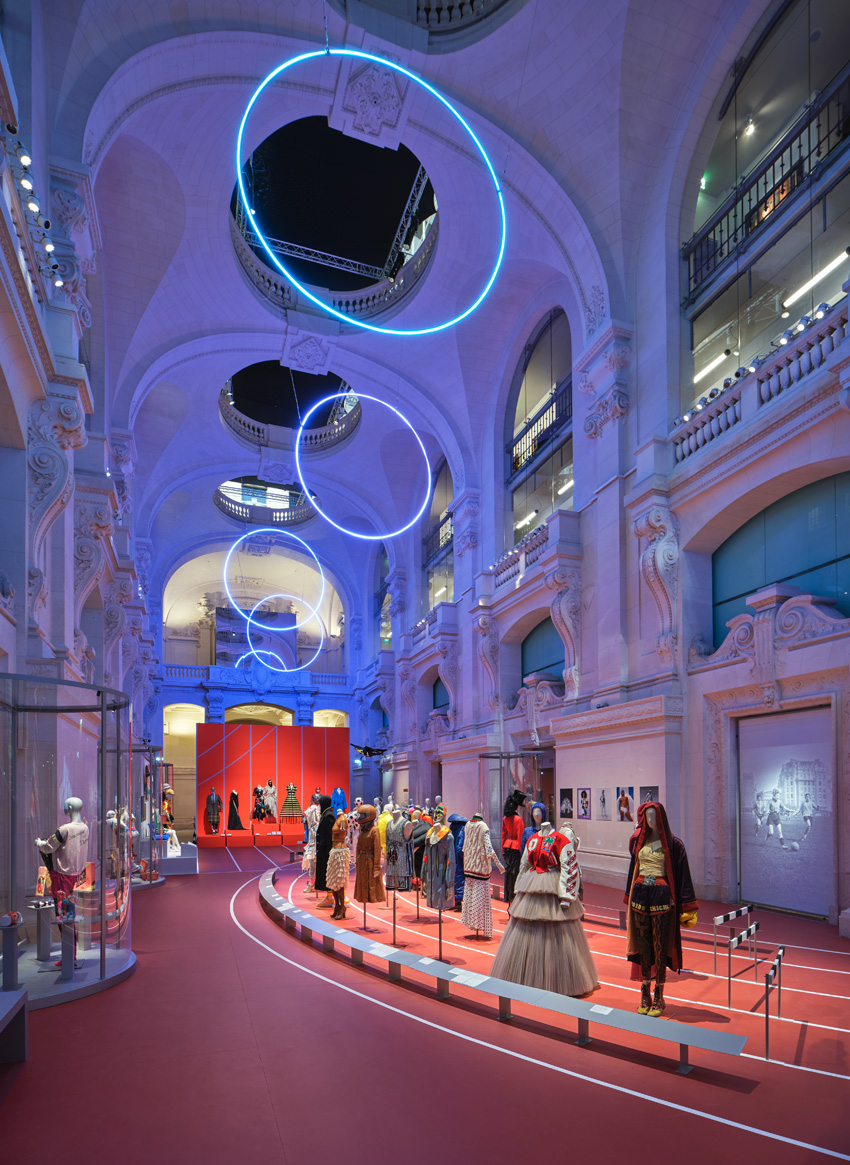
.jpg)
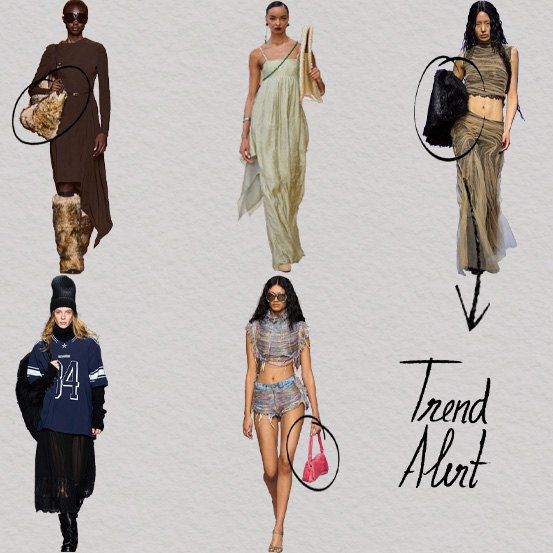
.jpg)
